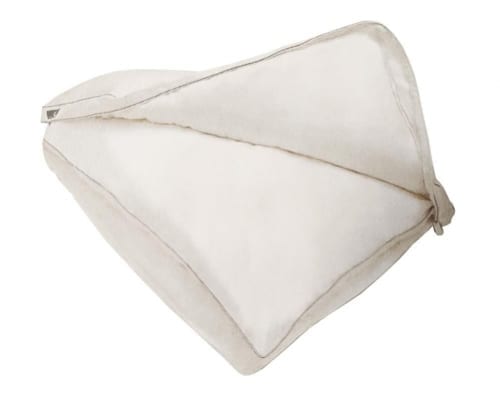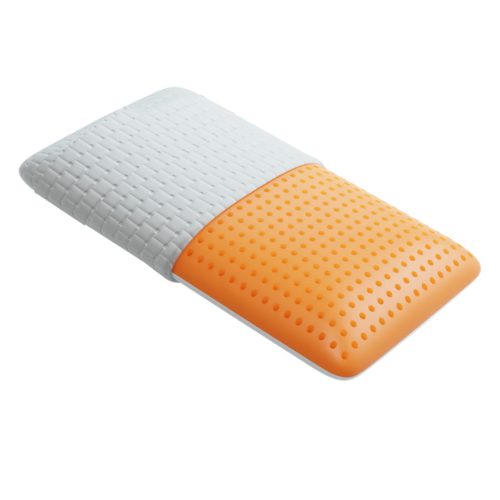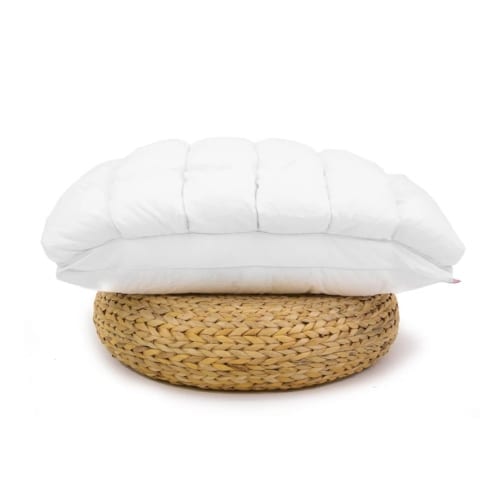
When it comes to sleep, the quality of your mattress plays a crucial role in ensuring you get the rest you need. But how long can you truly rely on a mattress? Is it acceptable to keep a mattress for two decades? This article delves into the lifespan of mattresses, the signs that indicate it’s time for a replacement, and how to maintain your mattress for optimal longevity.
Understanding Mattress Lifespan
The lifespan of a mattress varies significantly based on its type, quality, and how well it is maintained. Generally, a well-cared-for mattress can last anywhere from 10 to 20 years. However, many consumers are often misled by marketing claims that suggest mattresses need to be replaced every few years.
Factors Affecting Lifespan
- Material Quality: The materials used in your mattress significantly impact its durability. Memory foam, latex, and high-quality innerspring mattresses typically last longer than cheaper alternatives.
- Usage: The frequency of use also plays a role. A mattress used nightly by two adults may wear out faster than one used occasionally.
- Maintenance: Proper care, including regular cleaning and rotation, can extend the life of your mattress considerably.
Average Lifespan by Mattress Type
| Mattress Type | Average Lifespan |
| Innerspring | 7-10 years |
| Memory Foam | 10-15 years |
| Latex | 15-20 years |
| Hybrid | 10-15 years |
Understanding these factors helps you gauge whether your mattress is nearing the end of its life or if it can continue to serve you well.
If you’re wondering what the most important factors are when buying a mattress, read our blog post on What is the Most Important Thing About Buying a Mattress?.
Signs Your Mattress Needs Replacement
Even if your mattress has reached the two-decade mark, it may still be comfortable. However, certain signs indicate that it might be time for a change.
Physical Signs of Wear
- Sagging: If your mattress has noticeable indentations or sagging areas, it may no longer provide adequate support.
- Lumps or Bumps: Irregularities in the surface can disrupt your sleep and lead to discomfort.
- Frayed Edges: Visible wear and tear along the edges can indicate that the mattress is deteriorating.
Sleep Quality Decline
- Increased Discomfort: If you wake up with aches and pains, it may be a sign that your mattress is no longer providing the necessary support.
- Restless Nights: Difficulty falling asleep or staying asleep can signal that your mattress is affecting your sleep quality.
If you’re wondering how a mattress can affect your sleep, read our article on Is it Healthy to Sleep on a Mattress on the Floor?
Odor and Hygiene
- Unpleasant Smells: A mattress can develop odors due to sweat, spills, or mold. If cleaning doesn’t help, it might be time to replace it.
- Visible Stains: Stains can harbor bacteria and allergens, making it crucial to consider replacement for health reasons.
To learn more about when it’s time to replace your mattress, check out our post on What Are the Signs You Need a New Mattress?
The Importance of Proper Care
To maximize the lifespan of your mattress, proper care is essential. Here are some effective practices to keep your mattress in great shape:
Regular Cleaning
- Vacuuming: Regularly vacuum your mattress to remove dust, dirt, and allergens. Aim to do this every few months.
- Spot Cleaning: Address spills and stains immediately with a mild detergent and water solution.
- Use a Mattress Protector: A good quality mattress protector can shield against spills, stains, and allergens.
Rotation and Positioning
- Rotate Your Mattress: Rotating your mattress every three to six months can help distribute wear evenly and prolong its life.
- Proper Support: Ensure your mattress is supported correctly by a sturdy bed frame or foundation to prevent sagging.
Avoiding Excessive Weight
- Limit Jumping: Encourage children to avoid jumping on the bed, as this can cause premature wear.
- Weight Considerations: Heavier individuals may find that their mattresses wear out more quickly than lighter individuals.
To learn more about how often you should buy a new mattress, check out our blog on How Often Should I Buy a Mattress?.
Addressing Common Concerns
Is It Unhealthy to Sleep on an Old Mattress?
Sleeping on an old mattress can pose health risks. Dust mites, mold, and allergens can accumulate over time, leading to respiratory issues, allergies, and skin irritations. If you notice an increase in allergy symptoms or respiratory problems, it may be time to consider replacing your mattress.
Can a Mattress Last More Than 20 Years?
While some high-quality mattresses can last beyond 20 years, it largely depends on the maintenance and care they receive. Regular cleaning, proper support, and limited wear can extend the lifespan of a mattress significantly. However, as mattresses age, they become more susceptible to wear and allergens, so it’s essential to monitor their condition closely.
What to Do When It’s Time to Replace
- Recycle Your Old Mattress: When replacing your mattress, consider recycling it. Many materials can be repurposed, reducing waste.
- Choose Quality: Invest in a quality mattress that suits your sleeping style and preferences. Research brands and read reviews to ensure you choose wisely.
- Consider Sleep Accessories: Don’t forget about other sleep products like mattress protectors and toppers, which can enhance comfort and prolong the life of your mattress.
The Financial Aspect of Mattress Replacement
Replacing a mattress is a significant investment, and understanding the financial implications can help you make an informed decision.
Cost of New Mattresses
- Budget Options: Inexpensive mattresses may cost anywhere from $200 to $800. While they may be appealing, they often lack durability.
- Mid-Range Choices: Quality mattresses typically range from $800 to $1500 and offer better materials and longevity.
- Luxury Models: High-end mattresses can exceed $1500, but they often come with warranties and superior craftsmanship.
Evaluating Long-Term Value
When considering a mattress purchase, think about the long-term value rather than just the initial cost. A more expensive mattress may save you money in the long run due to its durability and the quality of sleep it provides.
Conclusion
While it is possible to keep a mattress for 20 years, several factors determine whether it is advisable. Regular maintenance, monitoring for signs of wear, and understanding your personal comfort needs are essential in making this decision. Ultimately, investing in a quality mattress can lead to better sleep, improved health, and a more fulfilling life. If your mattress is nearing the end of its lifespan, consider exploring new options that meet your needs for comfort and support.
For more information on quality mattresses and sleep accessories, visit Mattress Mart. Your journey to better sleep starts here!






